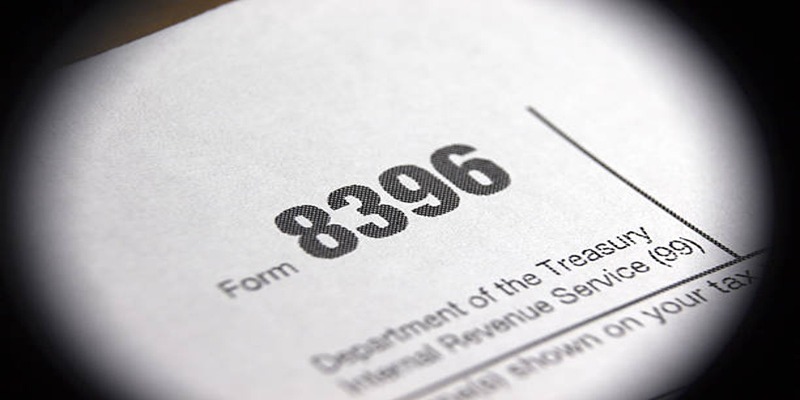
A Comprehensive Guide to Engel’s Law, Curve and Coefficient
Jan 01, 2024 By Triston Martin
Have you ever thought of how your spending patterns alter when your income increases? Let me introduce you to Engel's Law, a straightforward yet insightful economic idea. It's similar to an economic compass that indicates that when salaries increase, less money is spent on needs like food.
If you are curious to know what this law actually is and what the significance of Engel’s curve and coefficient is, then I have great news for you. In this article, you will find every essential detail that you must know about Engel’s law. So, let’s delve into the details of this law.
What Does Engel's Law Mean?
Engel’s law is a well-known economic theory, and it is named after a statistician and economist Ernst Engel. This theory states that when an individual or group of individuals raises their income, the proportion of money they spend on food drops.
It is based on an economic observation of the income elasticity of demand, which says that when an individual's income rises, their need for food and various other essentials of life decreases. As a result, they consume a tiny portion of their income.
Can There Be Several Uses for Engel's Law?
Engel's law applies to individuals, families, as well as entire nations. Numerous economists have provided evidence for the theory's ongoing applicability since Ernst Engel first proposed it in 1857.
For instance, in a study honoring the 100th anniversary of Engel's law, American economist Hendrik Houthakker examined instances of the concept in action throughout the previous 100 years.
Consequences of Engel's Law
It affects ordinary people and economists alike in a variety of ways. Here are a few things to consider.
- Engel's law applies to some poor people. In the same way, it does to macroeconomically poor nations. These nations' economies are growing, and as a result, they are devoting a smaller portion of their GDP and budget allocation to food and agriculture. This gives them more money to invest in infrastructure and education that will ultimately increase everyone's quality of life.
- The poorest people are most affected by changes in food prices, whether they rise or fall. Compared to lower-income families and individuals, middle-class or wealthy families spend a much smaller amount of their money on necessities like food. The amount of money that a low-income household spends on food increases along with food prices.
- Low-income families tend to buy less nutritious and inferior foods to lessen their financial burden. Because processed snacks and fast food are typically less expensive than healthy foods, those who are poor will probably feel more pressure to purchase these kinds of goods to save some money.
Example of Engel’s Law:

The theory is not very difficult to understand. But, to make your concept regarding Engel’s Law crystal clear, let’s take the example of a low-income and small family. Suppose there are four people in the family, including two kids and the couple itself. Think for a moment that until 2021, the couple makes around twelve thousand dollars monthly, and they spend five percent of their monthly income, which is approximately six hundred dollars, on food.
At the beginning of the following year, the couple gets an increment of almost five hundred dollars on their monthly earnings. However, the money they spent on food remained the same. In this way, the percentage of food expenditure decreased to almost 4.8 percent.
What is Engel’s Curve?

An Engel’s curve is a visual representation of Engel's law. The curve basically represents the link between a family's income and the amount spent on a particular commodity or service.
Our spending patterns clearly change as income levels grow. Research indicates that families in lower-income groups frequently devote over fifty percent of their financial resources to essentials. And this dynamic interaction is reflected in Engel's curve.
The curve may either have a positive or negative slope depending on the type of goods on which the money is being spent. For normal or standard goods, like clothing, housing, or food items, the curve has a positive slope. And for less desirable and low-quality goods, the slope is negative. This means that with the increase in income, the quantity of the inferior goods consumed decreases.
Calculation of Engel’s Curve
Understanding a person's income and spending patterns is necessary in order to calculate an Engel curve. First, you collect information on the quantity of a particular commodity or service that people at various income levels buy. Next, you make a chart where the amount of the selected goods is on one side and income is on the other.
Every dot on the graph denotes a distinct income bracket and the associated quantity of the item bought. The Engel curve may be formed by joining these points together. And that is how you can calculate an Engel’s curve.
What is Engel’s Coefficient?
In accordance with Engel's Law, the Engel coefficient is a widely used indicator of a country's standard of life. It is a concept rooted in Engel’s law and is also known as Engel’s ratio. It is also used by policymakers and researchers in certain nations to determine the poverty line. The coefficient, which itself is a quantitative measure, is calculated by dividing the costs of food by the overall expenditures.
If a household's monthly food expenditures are five hundred dollars and their monthly income is two thousand dollars, Engel's coefficient will be 25 percent. This proportion is a family's revenue that goes toward purchasing food.
Lower Engel's coefficients imply a more extraordinary ability for individuals to spend on unnecessary products. In contrast, higher coefficients generally indicate that a more significant share of income is spent on necessities.
The Bottom Line!
To sum it up, we can say that Engel's law explains how income affects our spending patterns. Economists use the Engel coefficient and Engel's curve to analyze these trends and gauge living standards. Hence, Engel's law offers an understanding of how changes in finances affect our decisions and well-being, whether one is examining a single family or a whole nation.
-
 Investment May 12, 2024
Investment May 12, 2024Are these the best mental health stocks?
Insights into the mental health sector and how to invest in stocks of companies that focus on mental health services and technologies.
-
 Know-how Nov 06, 2023
Know-how Nov 06, 2023Dispute Like a Pro: American Express Credit Card Charge Resolution
Master American Express charge disputes with expert tips. Resolve credit card issues like a pro.
-
 Banking Jan 09, 2024
Banking Jan 09, 2024Understanding Form 8396: An Essential Guide to Mortgage Interest Credit
This detailed guide offers essential information on Form 8396, helping homeowners navigate the Mortgage Interest Credit and make home ownership more affordable.
-
 Know-how Nov 06, 2023
Know-how Nov 06, 2023Unlocking More Credit: Citizens Bank Credit Limit Increase Explained
Discover how to increase your Citizens Bank credit limit and unlock more financial flexibility with our step-by-step guide